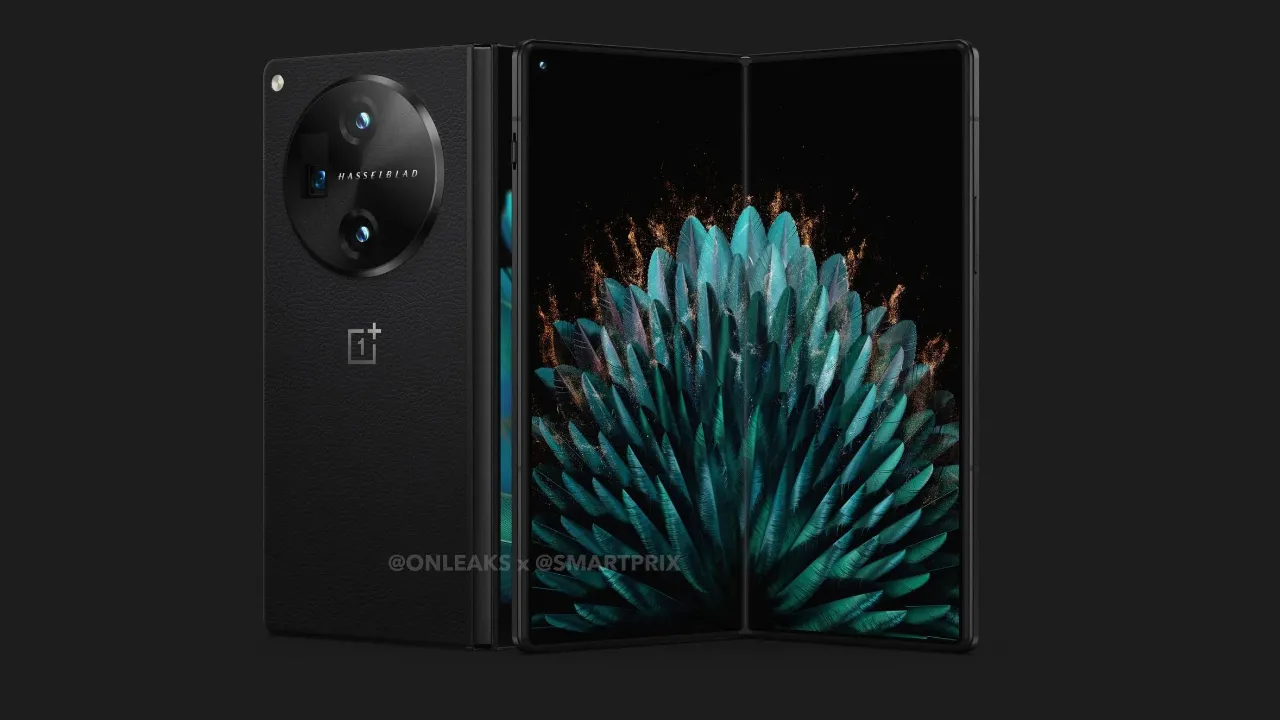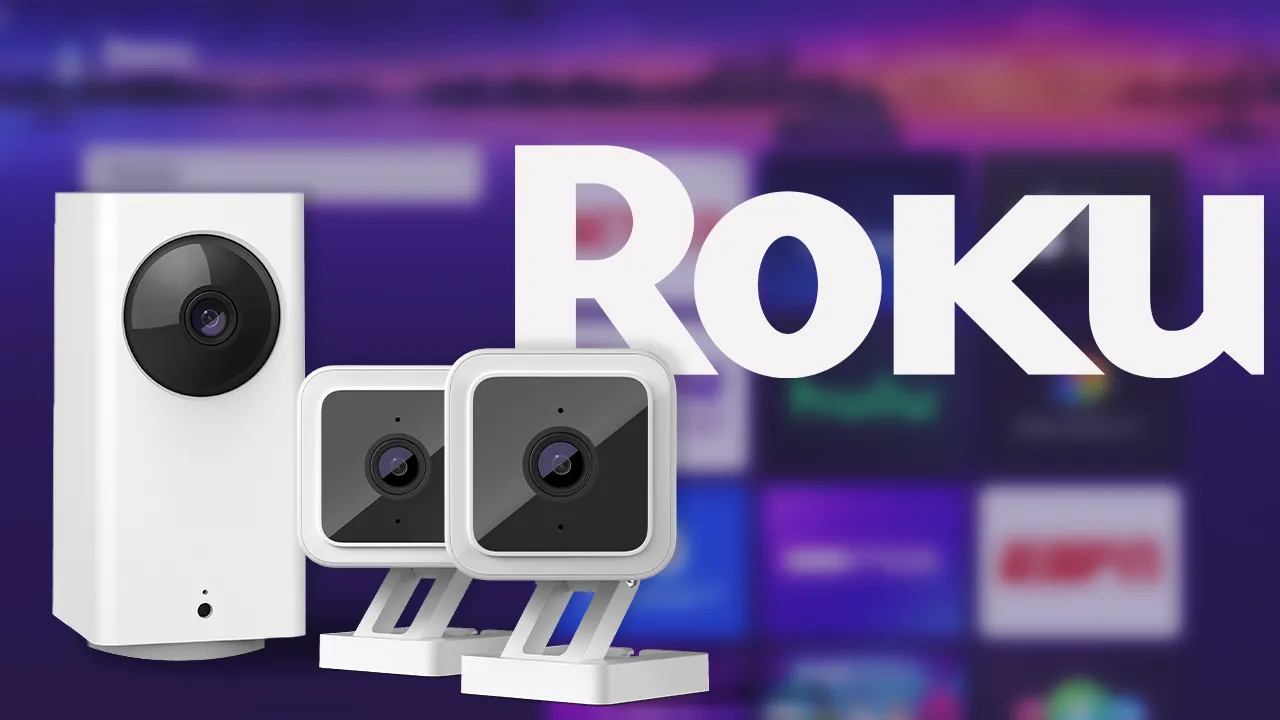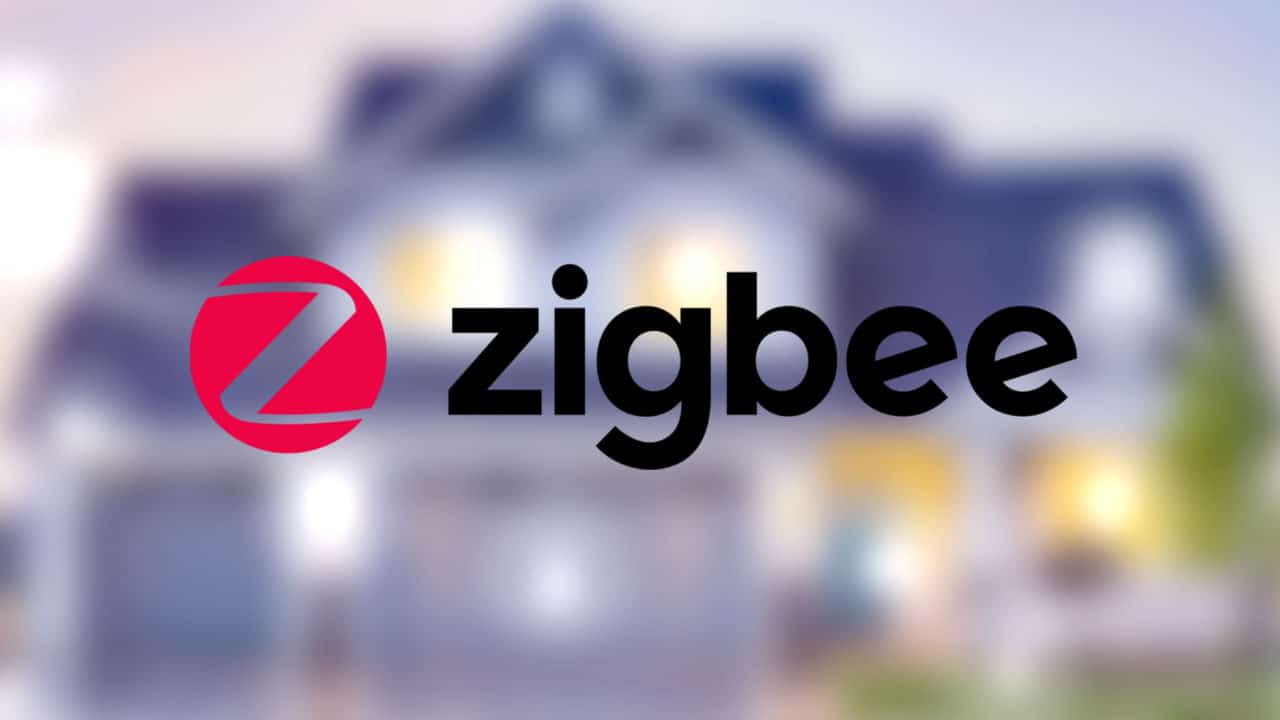Do you know what a 120-Hz refresh rate actually means?
This screen technology has been used by numerous Android phones, including the recently released iPhone 13 Pro to make the screen animations silky smooth.
Today, most of our televisions and monitors offer displays that boast high refresh rates, which allows us to experience smoother motion and a crisper picture. Several phones running Google’s Android operating system, and the recently released iPhone 13 Pro, can reach 120 Hz refresh rates. (It’s about time Apple)
A high refresh rate can also play an important part in gaming, where fast reactions and instant on-screen updates can make the difference between winning and losing.
What Exactly Is a Refresh Rate?
On your screen, you see a series of still frames that are displayed in succession at a high, or fast, speed. Hertz (Hz) is the measure of refresh rate, and it determines how quickly a frame can change. For example, with 120Hz refresh rates, a frame can be displayed 120 times per second. Unlike 60 Hz displays, 60 Hz displays can only update their screen 60 times per second. Hence, 240Hz screens display 240 times per second.
Do Frame Rates Matter?
There are some caveats to a high screen refresh rate. For instance, the benefit of a high refresh rate is based on the frame rate of whatever is on screen at the time. Frames per second (FPS) is used to express the speed of video or video game graphics. Many games have a frame rate of up to 120 FPS, compared to the 24 FPS often used in movies.
What The Hell Is Touch Respond Rate?
Well, brands like to add more tech jargon to their products list of specifications. In this case, the touch response rate, most commonly known as “touch sample rate” is used for touchscreen displays and is also measured in Hertz (Hz). Based on this number, we can derive how often your finger is scanned by the touchscreen. A higher touch response rate indicates a faster response time.
What the Refresh Rate Does to Your Phone
With a higher refresh rate, users can play games without lag and reduce motion blur on video, while navigating from one screen element to another becomes smoother and more responsive. As a result, video games seem less choppy when in fast intense action, sports footage is smoother, and web pages appear less jerky when scrolling through them. It’s an overall silk smooth experience. A high refresh rate is only truly beneficial if it is accompanied by a high frame rate, and the two should ideally be matched.
Let’s face it, your battery life is the price you pay for the beautiful silky experience. Battery power is consumed more quickly if the display image is refreshed more frequently. Also, don’t forget, for graphics to run at a higher frame rate, a lot of processing power is needed, hence draining your battery a bit more. Despite improvements in processors, smartphone batteries still have limited life. This is why high-refresh-rate phones rarely run at their maximum speed all the time. Many Android phones and now the iPhone 13 Pro, have an adaptive refresh rate feature which is on by default. This scales the frame rate automatically, normally during times that you will definitely notice it. This helps your battery life in the long run.
The Razer Phone was the first smartphone with a higher refresh rate, but Samsung, OnePlus, and Google have since adopted higher refresh rates for flagship devices like the Galaxy S21 series, OnePlus 7 Pro, and the Pixel 5. To this date, even mid-range phones are now coming equipped with at least 90 to 120 Hz displays.
Monitors and TVs are also important, aren’t they?
TVs and monitors benefit from high refresh rates in a similar way to smartphones. Live-action on the screen will be much smoother, and the image quality will look much crisper. Can’t forget frame rates here as they play an important role here too. There are times when a TV show or movie looks worse if the frame rate does not match the refresh rate.
Faster Frame Rates, Soap Opera Look
There are some TVs and monitors that handle frame rates and refresh rates better than others. In most cases, displays match the frame rate simply by reducing their refresh rate. Other models which feature a fixed refresh rate do not have that luxury and must find other ways to make the picture not look like crap. Want to avoid that? Get a display with a variable high refresh rate and not that fixed refresh rate junk.
For example, the TV can insert extra frames to fill in gaps when 24 frames per second is being displayed on a TV with a higher refresh rate. The television will display multiples of the same frame at various refresh rates if the refresh rate is divisible by the frame rate. Got it? Confusing?
When the content is displayed at 120 Hz with 24 FPS, each frame can be displayed five times. The problem is that with an uneven number of frames on a 60 Hz refresh rate and 24 FPS footage, jitter or shaky effects may occur. It looks like garbage.
There are some TVs that use motion smoothing (or frame interpolation). By combining and processing the surrounding frames, they create and insert new frames. Depending on the manufacturer, this may or may not result in what is known as the “soap opera effect,” in which many people feel the product looks stupid smooth.
Movies have fixed frame rates, at least. Frame rates can fluctuate dramatically with games. For instance, in a video game, you can be running around in close quarters inside a building. Then, you open a door, run outside where all the action and explosions are. This is a prime time for when your FPS will drop big time. A frame rate that does not match the refresh rate may result in stuttering and tearing of the picture. This honestly looks like shit, so don’t cheap out on a good display.
Most PC Monitors Feature Variable Refresh Rates, Choose Wisely
PC gaming has been using this solution to fix the frame rate versus refresh rate problem for a long time. With AMD’s FreeSync and Nvidia’s G-Sync, and Variable Refresh Rate (VRR) which is a generic option, the most popular formats are tied to the major graphics card makers. Console gamers who play on TVs should be aware of this. A lot of people talk about whether a television has an HDMI 2.1 port because VRR is supported by the HDMI 2.1 standard (it also supports 4K at 120 Hz and auto low latency mode).
VRR is accessible on some of the latest smartphones and tablets. The 2017 iPad Pro comes with Apple’s ProMotion display, which offers a 120 Hz refresh rate and automatically adjusts to fit content. As a result, you reduce the risk of stuttering or other unwanted effects, while also reducing power consumption. You may see a 120 Hz refresh rate when using the Apple Pencil or playing a game, but it will drop to a much lower level when you’re viewing a menu or webpage.
Is it even necessary to worry about refresh rates?
Refresh rates are noticed by some people more than others. If you want to see the difference between different refresh rates, you may need to compare them side by side. Fast-paced gamers will feel the most benefits from the upgrade, but everyone will appreciate it. The higher the refresh rate, the less motion blur and the sharper the picture, as well as how responsive and quick smartphones feel. In any case, you might not notice if they are already smooth, so no worries. But, if you are a geek like I am, you will most certainly notice this sexy silky smooth display.






